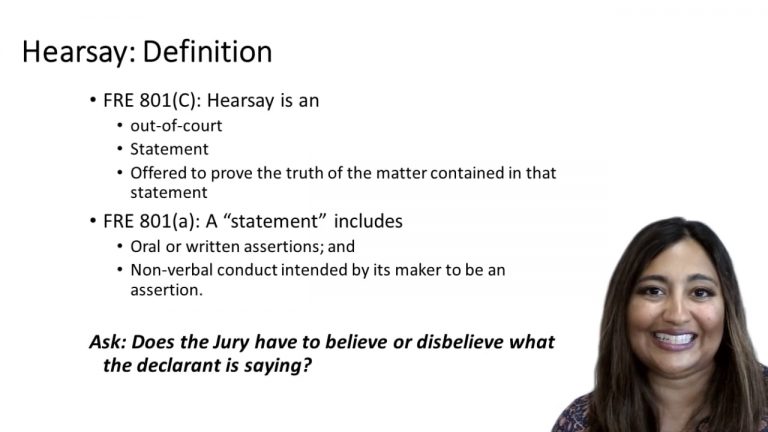SmartBrief
Confirm favorite deletion?
Evidence Keyed to Sklansky
United States v. Johnson
Citation:
71 F.3d 539 (6th Cir. 1995)Facts
The prosecution charge the defendant with nine counts of drug-related offenses and four counts of mail fraud. The prosecution’s theory at trial was that the defendant and his accomplice, who together ran a health clinic, were engaged in the distribution of controlled substances and illegal medical billing practices. The defendant was convicted. The defendant believed that the district court erroneously admitted hearsay evidence when the prosecution called a former employee of his clinic to the stand, who testified that pharmacies would telephone the Clinic about prescriptions written by the defendant. The witness testified that she told the defendant’s accomplice about these phone calls and heard the accomplice tell the defendant that “he was going to have to stop writing prescriptions like that.”
Only StudyBuddy Pro offers the complete Case Brief Anatomy*
Access the most important case brief elements for optimal case understanding.
*Case Brief Anatomy includes: Brief Prologue, Complete Case Brief, Brief Epilogue
- The Brief Prologue provides necessary case brief introductory information and includes:
Topic:
Identifies the topic of law and where this case fits within your course outline.Parties:
Identifies the cast of characters involved in the case.Procedural Posture & History:
Shares the case history with how lower courts have ruled on the matter.Case Key Terms, Acts, Doctrines, etc.:
A case specific Legal Term Dictionary.Case Doctrines, Acts, Statutes, Amendments and Treatises:
Identifies and Defines Legal Authority used in this case.
- The Case Brief is the complete case summarized and authored in the traditional Law School I.R.A.C. format. The Pro case brief includes:
Brief Facts:
A Synopsis of the Facts of the case.Rule of Law:
Identifies the Legal Principle the Court used in deciding the case.Facts:
What are the factual circumstances that gave rise to the civil or criminal case? What is the relationship of the Parties that are involved in the case.Issue(s):
Lists the Questions of Law that are raised by the Facts of the case.Holding:
Shares the Court's answer to the legal questions raised in the issue.Concurring / Dissenting Opinions:
Includes valuable concurring or dissenting opinions and their key points.Reasoning and Analysis:
Identifies the chain of argument(s) which led the judges to rule as they did.
- The Brief Prologue closes the case brief with important forward-looking discussion and includes:
Policy:
Identifies the Policy if any that has been established by the case.Court Direction:
Shares where the Court went from here for this case.
Topic Resources
Topic Outline
Topic Refresher Course
Topic Charts & Notes

 12m 52s
12m 52s